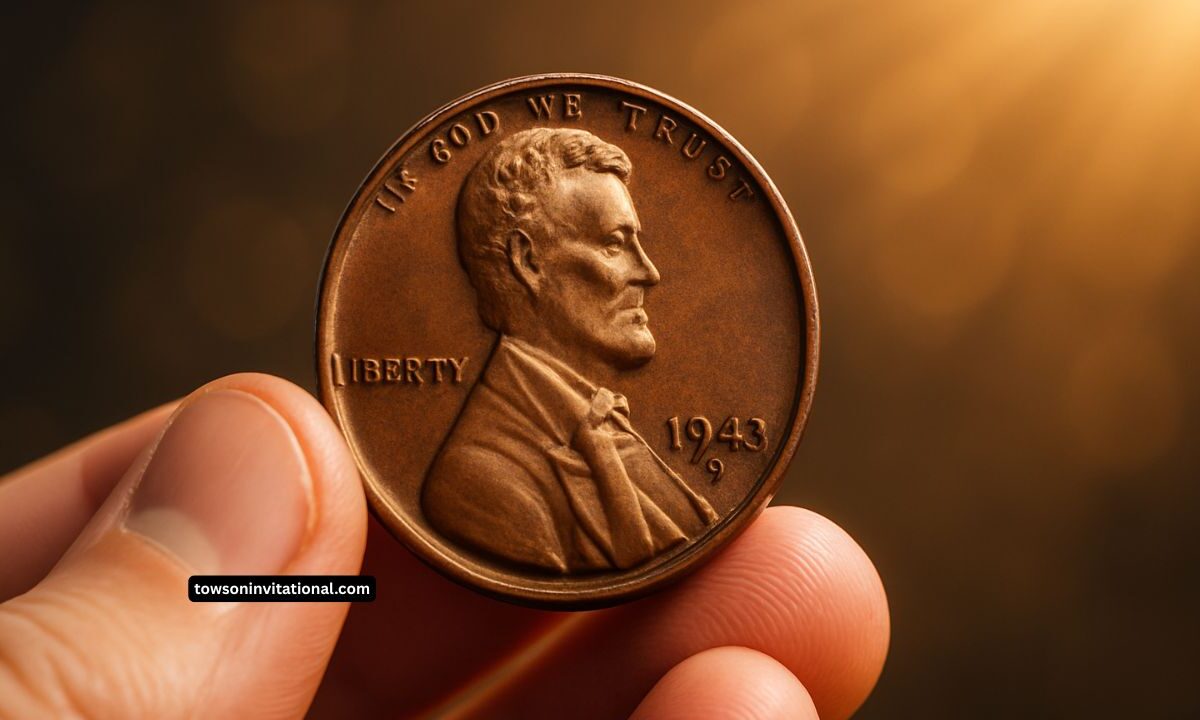The 1943 Bronze Penny is the coin collecting world’s ultimate prize: a Denver Mint penny struck in bronze instead of the standard wartime steel.
In September 2010, this one-of-a-kind rarity shattered records by selling for a staggering $1.7 million in a private transaction.
This article dives into every detail about this historic find, including its origin, rarity, sale details, and why collectors are enthralled.
Why the 1943 Bronze Penny Is So Unique
- Wartime Coinage Change: During World War II, the U.S. Mint shifted from copper-based bronze pennies to zinc-coated steel to conserve copper for the war effort
- Mint Error: A handful of bronze planchets from 1942 were mistakenly used, resulting in misstruck pennies in 1943
- Denver’s Rarity: An estimated fewer than 20 bronze-struck pennies emerged from Philadelphia and San Francisco, but only one known example exists from Denver .
Timeline & Provenance
| Year | Event |
|---|---|
| 1979 | First disclosed to ANACS, deemed genuine |
| 1996 | Auctioned via Superior Galleries, graded MS64‑BN by NGC |
| 2003 | Part of Wexler‑Flynn reference in coin literature |
| 2010 (Sept) | Sold for $1.7 million by Legend Numismatics to Southwest collector – proceeds went to charity |
- Grading: Certified PCGS MS64BN (“Mint State 64, Brown”)
- Chain of Custody: Originally owned by a Mint employee; kept secret until first authentication in 1979
- Sale Setup: Laura Sperber of Legend Numismatics arranged the sale; Andy Skrabalak was agent for the seller
The Record‑Breaking $1.7 Million Sale
- Highest Lincoln cent sale ever: The 1943-D bronze penny is considered the world’s most valuable Lincoln cent
- Sale context: Included in a multi‑coin lot—also a 1944 steel cent for $250,000 and a 1942 tin experimental cent for $50,000, totaling ~$2 million
- Buyer identity: An anonymous Southwestern business executive who, as a teenager, hunted rare coins and now owns the only complete set of 1943 bronze cents (Philadelphia, Denver, San Francisco)
Numismatic Details
- Rarity: According to PCGS, only one 1943-D bronze penny of any grade is known; across all mints, roughly 3 examples graded MS64 or better
- Condition & grading: Exceptional strike quality; dies were used for steel cents, so zinc traces are present on bronze planchet
- Provenience myth: Some suggest Chief Engraver Sinnock may have intentionally struck the coin; other accounts say a Denver Mint employee slipped a planchet in.
Market Impact & Legacy
- Auction benchmark: Shattered prior record—the 1944-S steel penny sold for $373,750 in 2008
- Media coverage: The sale was widely reported as a pivotal moment in rare penny collecting
- Collector motivation: Demonstrates how off‑metal errors can deliver extraordinary rewards; prompts collectors to scrutinize pocket change, especially for 1943 pennies that are not magnetic
The 1943-D bronze penny remains the most extraordinary Lincoln cent error, fetching $1.7 million in 2010. Its unparalleled rarity, elite grade, and compelling origin story cement its legendary status in numismatic circles.
FAQs
What makes the 1943-D Bronze Penny so valuable?
Its value stems from being the only known bronze penny struck at the Denver Mint in 1943, during the steel penny regime—an extraordinarily rare off-metal minting error
How many 1943 bronze pennies exist?
Estimates suggest fewer than 20 across all mints, with exactly one confirmed example from Denver
Where did the $1.7 million penny sale proceeds go?
The seller donated the proceeds to charity; the sale was facilitated by Legend Numismatics and agent Andy Skrabalak

